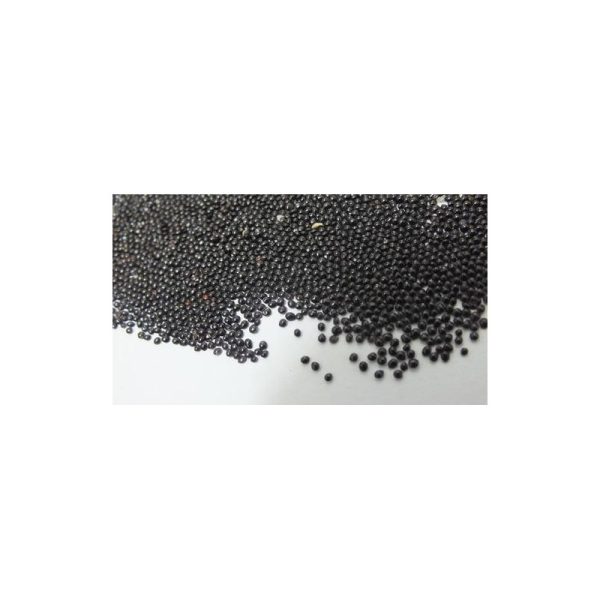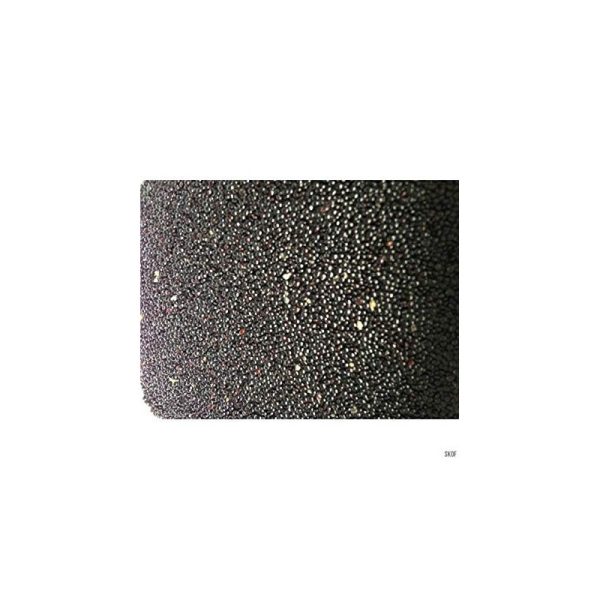What Are Pole Beans?
Green bean crops have two growing styles: bush and pole. Bush beans grow out in a compact space, while pole beans, as their name suggests, grow on climbing vines. Pole beans include cultivars of runner beans, kidney beans, snap beans, yellow wax beans, and string beans; heirloom pole bean varieties like Blue Lake, Kentucky Blue, Kentucky Wonder, Held—a flat-pod variety of the Romano bean that resembles sugar snap peas—and Scarlet Runner are among the most common in home gardens for both yield and flavor.
Meet One of Your New Instructors
How to Plant Pole Beans
Pole beans are a great addition to any garden.
- 1. Sow seeds directly. Sow green bean seeds directly into your soil, rather than starting the growing process indoors. Bean plants have fragile roots, so they’re not the best candidates for transplanting.
- 2. Check the temperature. Plant pole beans after the threat of the last frost has passed. Ensure that the soil temperature in your garden bed is at least 50 to 60 degrees Fahrenheit before sowing green bean seeds to prevent slow germination or rot. (Most bean plants can survive a light spring frost, but you may wind up needing to re-seed.)Green beans are a warm-weather crop, which produces the highest yields in air temperatures between 65 and 80 degrees Fahrenheit.
- 3. Support the pole beans with a trellis. Prior to planting pole beans, you will need to set up trellises or a teepee to support the beans as they grow. For the teepee method, gather at least three long branches or bamboo poles together that are approximately six to seven feet in height, tying them together at the top, and splaying the bottoms of the supports in a circle. As vines emerge, begin winding them up the poles. This method will train the plant to continue winding throughout the growing season.
- 4. Provide enough space. Plant three or four seeds around each of the poles, four to eight inches apart, in rows that are two to three feet apart.
How to Grow Pole Beans
Pole beans are easy to grow, as they only require light maintenance and care to thrive.
- 1. Balance your soil pH. Pole beans prefer a slightly acidic soil with a pH of around 6.0. Beans fix their own nitrogen, so a normal, rich soil can help produce quality plants without fertilization. Pole beans may require a supplemental compost halfway through their growing season if they are continuously producing crops.
- 2. Provide sun. Pole bean plants need six to eight hours of full sun per day. Make sure your plants have access to direct sunlight. However, high temperatures can cause blossoms to fall from your green bean plants, so use row covers to protect plants from high heat.
- 3. Water properly. Pole beans need well-drained soil to keep from rotting or creating powdery mildew. Give your bean plants about two inches of water per week. Apply the water to the soil directly to keep your plants nourished.
- 4. Mulch. Your soil temperature should be at least 50 degrees Fahrenheit, and relatively moist. Mulching can help keep the ground warm, as well as your soil from drying out.
- 5. Control pests and disease. Practice companion planting to deter pests like Mexican bean beetles and aphids. Larger insects can be picked off by hand when spotted, and aphids can be removed with water. Maintaining good air circulation between the vines will also help to prevent mildew.
- 6. Sow more beans. For a continuous harvest, sow bean seeds every two weeks.
How to Harvest Pole Beans
Pole beans can take 55 to 60 days to fully ripen. The bean pods are ready to harvest when they’re four to six inches long and slightly firm, and before the beans protrude through the skin. Gently pull the beans from the plant, taking care not to tear the blooms. Harvest often to promote more sprouting.
Learn More
Grow your own food with Ron Finley, the self-described “Gangster Gardener.” Get the MasterClass Annual Membership and learn how to cultivate fresh herbs and vegetables, keep your house plants alive, and use compost to make your community – and the world – a better place.





















Reviews
There are no reviews yet.